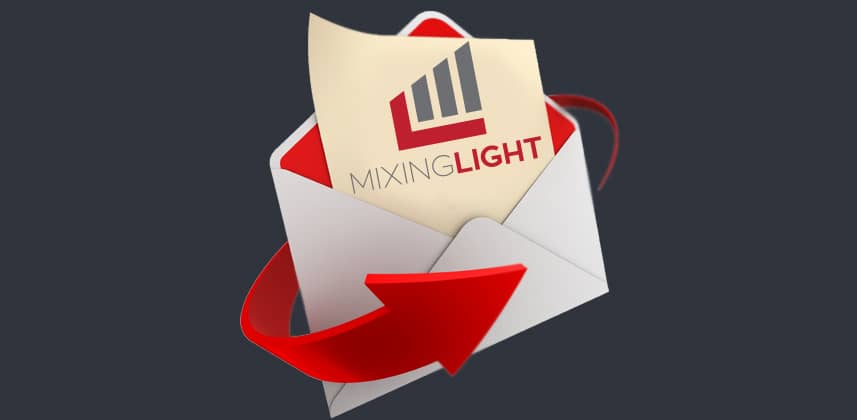| Series |
|---|
From The MailBag Episode 84
A New Mixing Light Feature & Addressing A Common Question (Again)
For Team Mixing Light Mailbag episodes have always been fun to do – discussing member questions, industry issues, trends and hopefully providing some advice/help to members along the way.
One thing we’ve learned this year is that we can all use a little more engagement and interaction, especially when you’re feeling isolated away from the office, away from co-workers, and fighting the groundhog day feeling (it’s Friday again!).
Over the past few months, our Slack workspace and our weekly Office Hours sessions have been great fun and allowed for a lot of great discussions. Thinking about that effort, webinars we’ve done, and how our Team has been having great fun with some weekly Zoom calls with colorist friends we’ve decided to launch a new Mixing Light feature – Mailbag Live.
In the first part of this Mailbag, we discuss what Mailbag Live is and how it’ll work.
In the second part of this Mailbag, we revisit (I think for the 4th time) the omnipresent topic of ‘why do my Resolve renders look different?’ This time around we discuss some important updates like Blackmagic’s Rec709A, understanding NLC tags, and Resolve tagging options on exports.
Mailbag Live
Traditionally, we’ve picked Mailbag topics from our support emails, comments on Insights, or a topic that we see a lot on message boards & forums. Often times when we get messages there is a lack of context or examples and it’s hard to ask follow-up questions to get to a more precise answer.
Enter Mailbag Live.
Our thinking behind Mailbag Live is that it gives premium members the option to interact with our team & contributors on a scheduled live Zoom call. Because it’s a Zoom call the member can explain their issue in more detail, we can ask follow-up questions and both sides can share screens and demonstrate techniques easily.
In addition to the participating member, other members can also jump on to provide additional feedback (although this interaction will be limited to a chat pod).
By the end of this month, we’ll have a special page for Mailbag Live with a form that premium members can use to submit questions, and link to additional assets – clips, project files, etc. While we can’t guarantee that will cover every submission, when we pick one will get in touch with the person that submitted that chosen topic and schedule a zoom call.
That scheduled call info will be shared with other premium members so that they can join if they want. But don’t worry all of these calls will be recorded and put into the Insights Library so all members can listen/watch them later.
Contrast & Color Look Different When Exporting From Resolve
If there was a way to monetize how many times we’ve seen on forums, social media and indeed received questions here on Mixing Light around the topic of why Resolve renders look different on export we’d probably have a fleet of Ferraris!
Recently we got a message from a member that in part said:
My real frustration is what happens to my images once the video has been uploaded onto a platform which compresses it. Saturation and gamma are pulled and compressed which sadden me greatly! I wanted to ask if you had any tips to get around this? Maybe an extra node you pump in at the end of a node tree to compensate in Davinci?
While of course there are a number of reasons for inconsistencies often they come down to:
- Making grading decisions in the Resolve Viewer with improper screen calibration, or lack of color management understanding
- Misunderstanding of full range vs. legal video levels and their appropriate uses/workflow
- Inaccurate NLC tagging of exports and or improper reading of NLC tags by various pieces of software
- Different color management employed by different browsers, players, services
We talk about all of these things in the second part of this mailbag including the addition of Rec 709A (Apple) to Resolve and Resolve NLC tagging support on export. While this is a deep topic and we cover much of it here are some additional resources:
Resolve Product Manager Peter Chamberlain discusses Rec 709A
Enjoy the Mailbag and as always please leave any questions or comments below
-Robbie
Member Content
Sorry... the rest of this content is for members only. You'll need to login or Join Now to continue (we hope you do!).
Need more information about our memberships? Click to learn more.
Membership optionsMember Login


